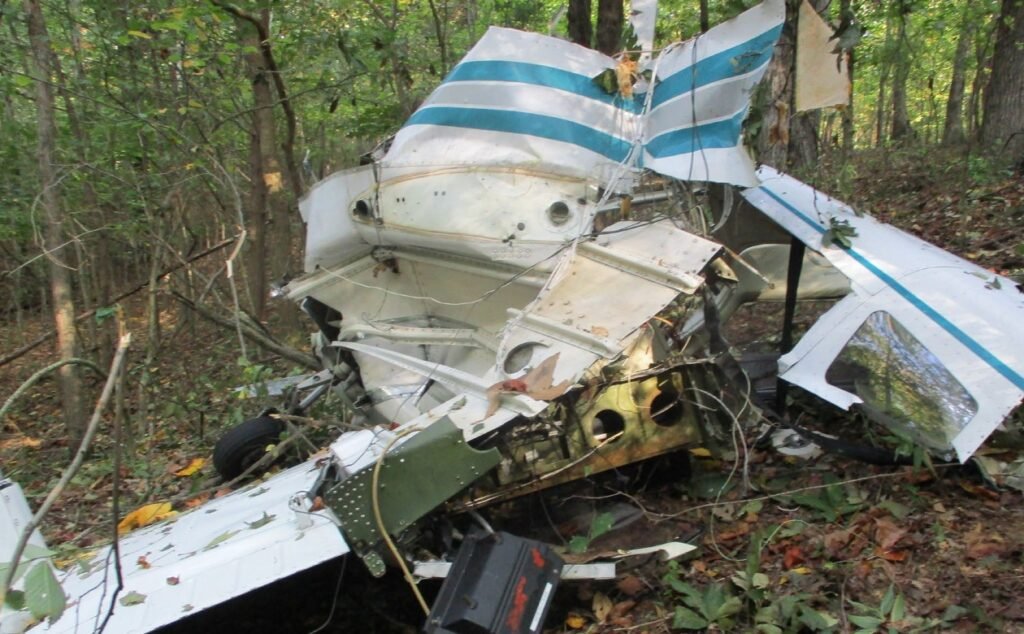
Kentucky, United States: The National Transportation Safety Board (NTSB) has released its final report into the September 27, 2023, crash of a Piper PA-28-161 that killed a flight instructor and student pilot near Whitesville, Kentucky, concluding that the accident was caused by the instructor’s decision to continue flying into an area of severe thunderstorms.
Investigators found the airplane suffered an in-flight breakup after encountering extreme turbulence inside convective weather. The Eagle Flight Academy aircraft departed Bowling Green-Woodhurst Airport at 9:55 p.m. for a night cross-country training mission intended to complete the student’s night-flying requirement. The 22-year-old instructor and 18-year-old student were on their first flight together.
According to ADS-B data and air traffic control recordings, the aircraft climbed to 4,500 feet and was warned by controllers at 10:44 p.m. of “heavy to extreme precipitation” to its left. Two minutes later, the instructor requested an instrument flight rules clearance but continued circling in the weather and reported the airplane was “getting blown around like crazy” and in “pretty extreme turbulence.” Moments later, communications ceased. Radar data showed a right descending turn before the plane broke apart. The debris field stretched across 25 acres of wooded terrain.

Post-accident examination revealed no mechanical failures. Investigators confirmed the aircraft exceeded its structural limits while penetrating severe weather. The NTSB cited the instructor’s decision-making as the defining factor: “The flight instructor’s improper decision to continue flight into a known area of thunderstorms resulted in an in-flight breakup.”
The weather briefing obtained before departure included an active convective SIGMET warning of severe storms with tops to 42,000 feet, hail, and wind gusts up to 50 knots. The NTSB also highlighted the potential latency of weather radar images from cockpit and mobile applications, cautioning pilots that such data may be several minutes old and could under-represent the severity or position of fast-moving storms.

Autopsies determined both occupants died of multiple blunt-force injuries. Toxicology tests were negative for the instructor. The student tested positive for cetirizine, an over-the-counter antihistamine, but impairment could not be determined.




















